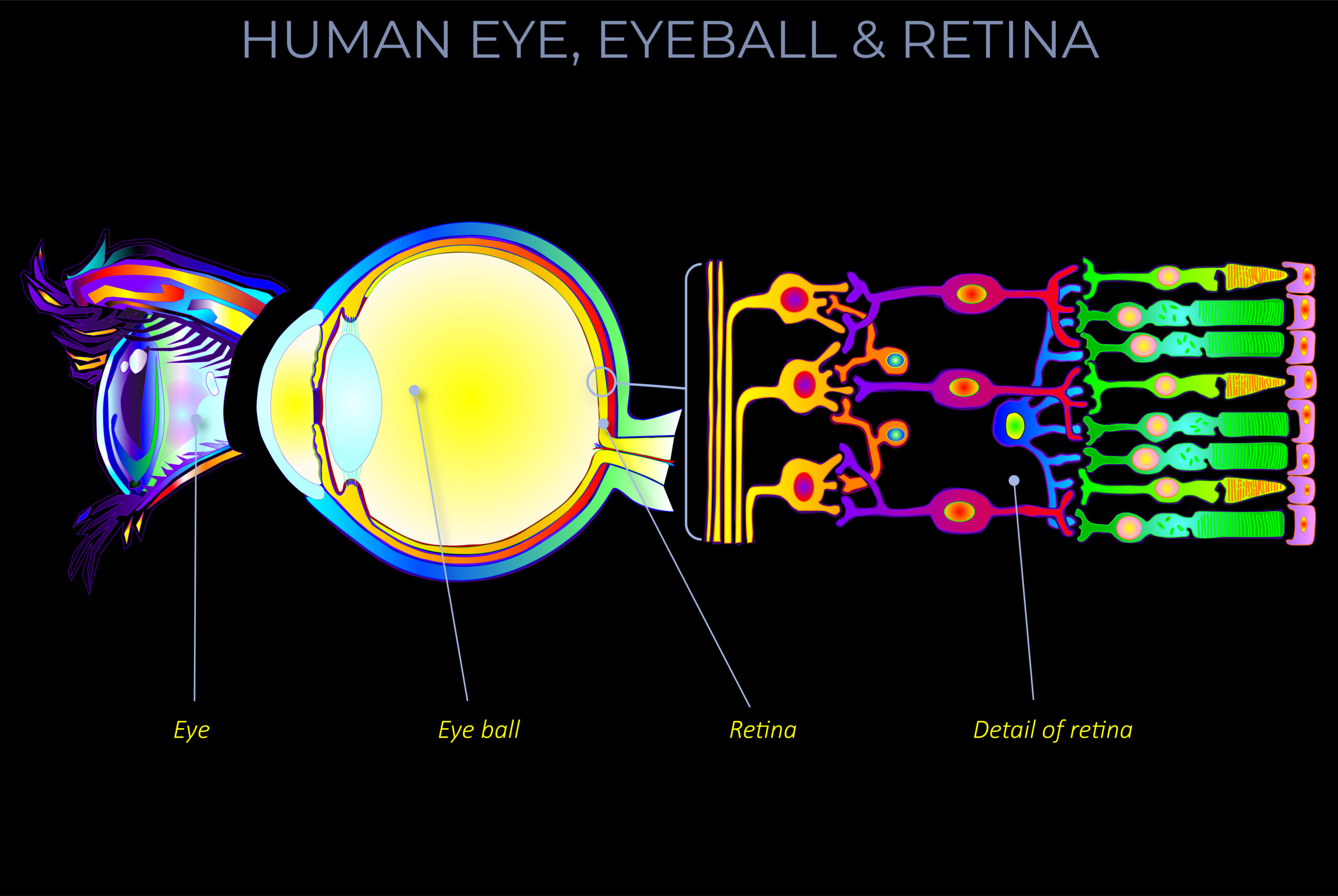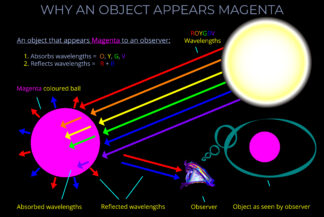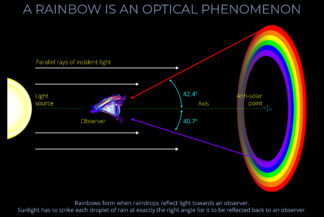Human Eye Eyeball & Retina
£0.00
This diagram is a new addition to the site! More information will be added ASAP 🙂
Description
Human Eye, Eyeball & Retina
TRY SOME QUICK QUESTIONS AND ANSWERS TO GET STARTED
About the diagram
Some key terms
Visible light is the range of wavelengths of electromagnetic radiation perceived as colour by human observers.
- Visible light is a form of electromagnetic radiation.
- Other forms of electromagnetic radiation include radio waves, microwaves, infrared, ultraviolet, X-rays, and gamma rays.
- Visible light is perceived by a human observer as all the spectral colours between red and violet plus all other colours that result from combining wavelengths together in different proportions.
- A spectral colour is produced by a single wavelength of light.
- The complete range of colours that can be perceived by a human observer is called the visible spectrum.
- The range of wavelengths that produce visible light is a very small part of the electromagnetic spectrum.
Visual perception is the human ability to see and understand our surroundings by virtue of the sensitivity of our eyes to wavelengths of light across the entire visible spectrum, from red to violet.
- Visual perception is a complex process that relies on the intricate interaction between our eyes, the brain, and the interpretation of light signals. It enables us to perceive various visual attributes such as shapes, sizes, textures, depths, motions, and spatial relationships, all of which contribute to our comprehensive understanding and interpretation of the visual world around us.
Colour is not a property of electromagnetic radiation, but a feature of visual perception by an observer.
- The human eye and so human visual perception are tuned to the visible spectrum and so to spectral colours between red and violet.
- There are no properties of electromagnetic radiation that distinguish visible light from other parts of the electromagnetic spectrum.
- Objects appear to be different colours to an observer depending on the wavelengths, frequencies and amplitude of visible light at the moment it strikes the retina at the back of the eye.
Vision, the human visual system, is a complex interplay between various components of the eye, including the cornea, pupil, lens, iris, retina, and optic nerve. It collaborates to capture, focus, and convert light into electrical signals that are transmitted to the brain for visual processing and interpretation.
- Vision begins when light emitted or reflected by an object or scene enters our eyes through the cornea, pupil, and lens.
- The cornea and the lens work together to concentrate and focus light onto the retina, which is the photosensitive layer of cells at the back of the eyeball.
- The iris, located between the cornea and the lens, regulates the amount of light reaching the retina. It also determines eye colour and controls the size of the pupil.
- The retina plays a vital role in converting differences in the wavelength and brightness of incoming light into electrical signals.
- The optic nerve, which exits at the back of the eye, carries these signals to the visual processing areas of the brain.
Visible light refers to the range of wavelengths of electromagnetic radiation that is perceived as colour by human observers. While the range of visible light is generally considered to be 400-700 nm, the exact range of colours perceptible can vary slightly between individuals.
- Visible light is one form of electromagnetic radiation. Other forms of electromagnetic radiation include radio waves, microwaves, infrared, ultraviolet, X-rays, and gamma rays. Visible light ranges from approximately 400 nanometres (nm) for violet to 700 nm for red.
- A human observer perceives visible light as a combination of all the spectral colours between red and violet, as well as a vast range of other colours produced from the blending of different wavelengths in varying proportions.
Trichromacy is the form of colour vision (trichromatic colour vision) possessed by human beings and other trichromats. It involves three different types of cone cells and one type of rod cell within the retina of the eye. Three independent channels convey colour information to subsequent visual processing centres and towards the visual cortex of the brain.
- Trichromatic colour theory of human vision explores various aspects of trichromacy, including:
- The functions, differences, and connections between the three types of cone cells (and the one type of rod cell) and other types of neurons within the human retina.
- The sensitivity of the three types of cones to three overlapping ranges of wavelengths of light that make up the visible spectrum and enable trichromatic colour vision.
- The sensitivity and function of rod cells in low levels of lighting.
- The role of rods and cones in encoding colour information in anticipation of subsequent stages of visual processing.
- The details of how colour information is produced across the entire surface of the retina of both eyes is encoded onto separate channels.
Cone cells, or cones, are a type of neuron (nerve cell) in the retina of the human eye.
- Cone cells are cone-shaped whilst rod cells are rod-shaped.
- Cone cells are responsible for colour vision and function best in bright light, as opposed to rod cells, which work better in dim light.
- Cone cells are most concentrated towards the macula and densely packed in the fovea centralis, but reduce in number towards the periphery of the retina.
- There are believed to be around six million cone cells in the human retina.
- Colour vision is the human ability to distinguish between objects based on the wavelengths of the light they emit, reflect or transmit. The human eye and brain together translate light into colour.
- Colour is not a property of electromagnetic radiation, but a feature of visual perception.
- The human eye, and so human perception, is tuned to the range of wavelengths of light that make up the visible spectrum and so to the corresponding spectral colours between red and violet.
- Light, however, is rarely of a single wavelength, so an observer will usually be exposed to a spread of different wavelengths of light or a mixture of wavelengths from different areas of the spectrum.
- An observer’s perception of colour is a subjective process as the eyes and brain respond together to stimuli produced when incoming light reacts with light-sensitive cells within the retina at the back of the eye.
- The perception of colour can be influenced by various factors, such as lighting conditions, surrounding colours, and individual differences in colour perception.



